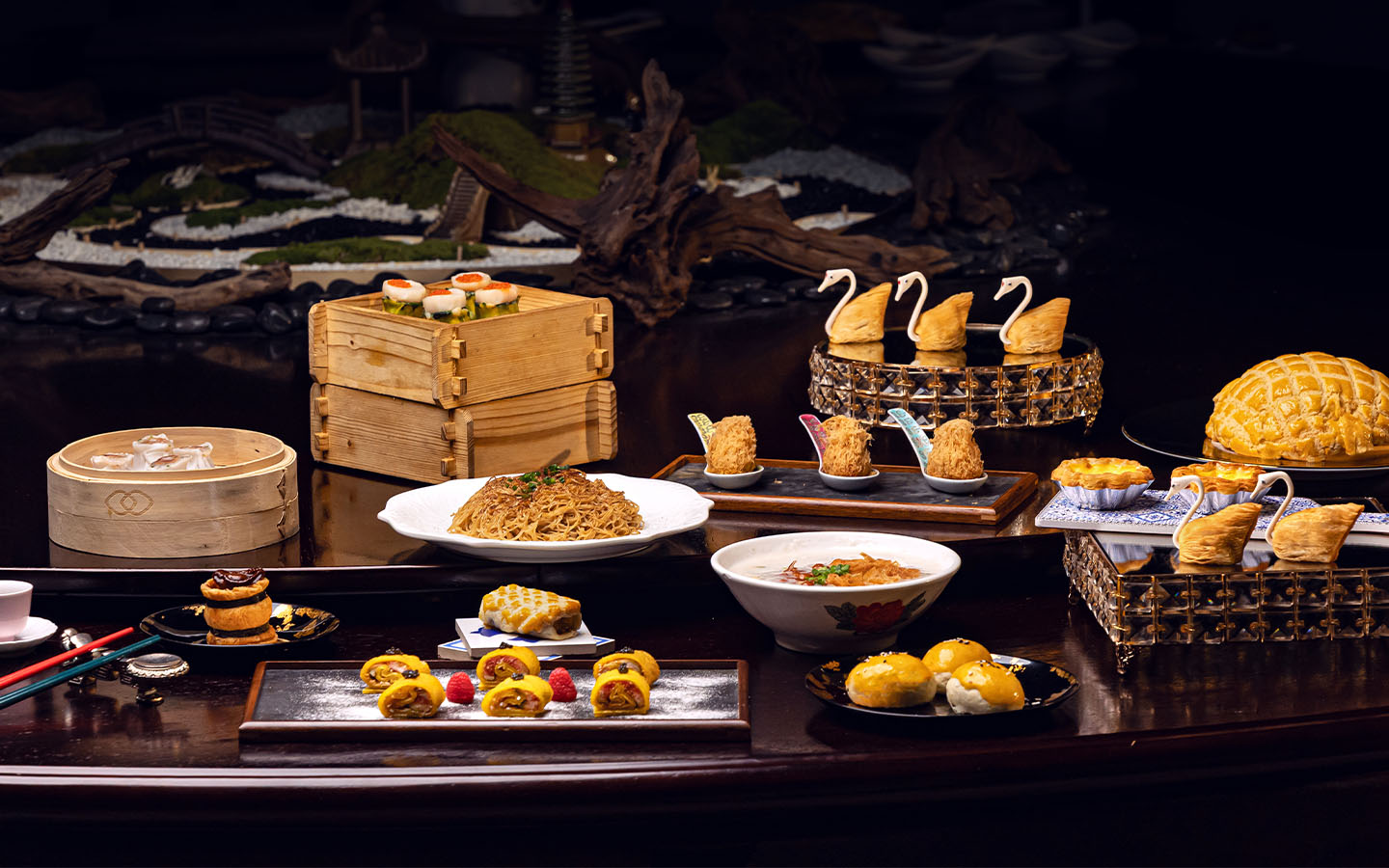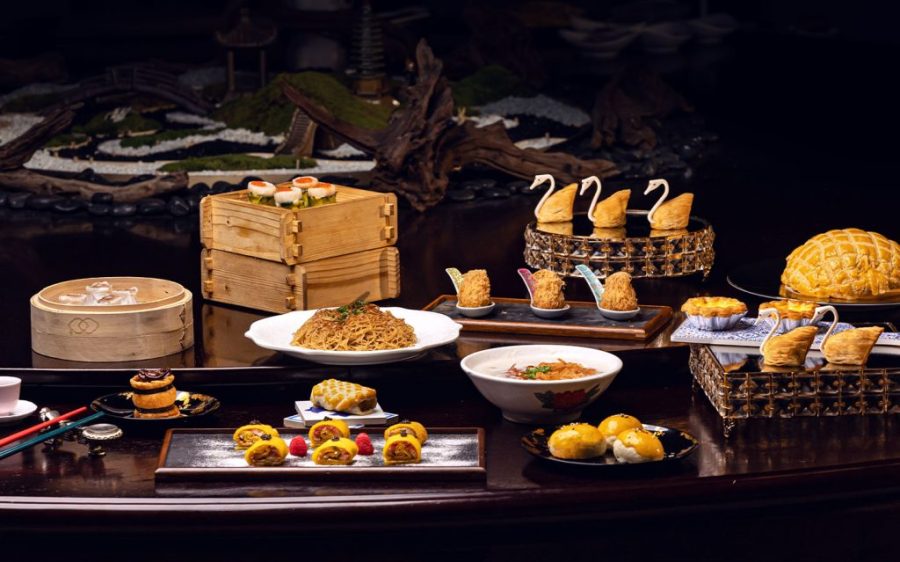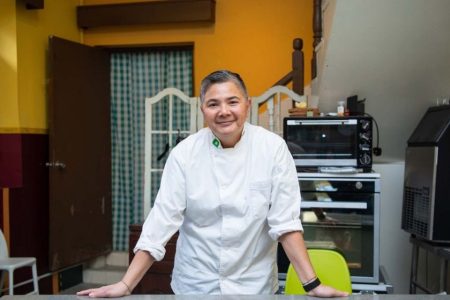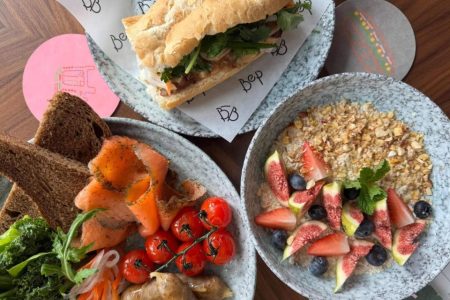Less than 150 kilometres separate the cities of Macao and Guangzhou. The cuisines of both share an overlapping flavour profile rooted in Lingnan culture, with an emphasis of natural freshness that is still evident in traditional dim sum. Yet historically, at least in Western eyes, the two cities were considered worlds apart.
In the late 18th century, Guangzhou conditionally opened itself to Western merchants, establishing the Canton Factories which upheld a regulatory framework dictating who was permitted to enter the designated port area. Macao, an afternoon boat ride away along the Pearl River, never enforced such rules, evolving into a waiting area for anyone looking to do business in China.
[See more: Unveiling hidden histories: American traders’ glimpses into old Macao]
Although Macao and Guangzhou are now part of the same Greater Bay Area, both legacies have shaped each city’s personality and influenced how they perceive and relate to one another.
Culinary collaborations at Sofitel’s Le Chinois restaurant
In a culinary partnership between Sofitel properties, Macao-based Chef Chong Keng Fong and Guangzhou-based Chef Darren Lu have combined their seven decades of gastronomic mastery to salute culinary capitals that share a historical reverence for yum cha, Chinese dim sum.
For visiting Chef Lu of Sofitel Guangzhou Sunrich, his Lipu taro nest dumplings pay homage to a dish that is often featured as a centrepiece for Xiguan banquets, acclaimed for their lavish presentation and use of Lipu taro, a starchy tropical plant renowned for its smooth texture and subtle sweetness. Once reserved only for Chinese elites, the delicacy was unavailable to the foreign merchants of Canton unless by way of invitation from their Hong brokers.
[See more: Preserving culinary heritage requires acknowledging economic realities]
For local host Chef Chong of Sofitel Macau, inspirations are drawn from the SAR’s Portuguese influences, like emerald scallop shaomai wrapped in spinach-tinted skins, recreating a colour spectrum that mimics Macao’s lusitanian street signs. His imperial crispy abalone fuses Portuguese baking with Cantonese banquet tradition, while the extra-large pineapple custard bun, bo loh bao, like most baos, originates from pão, Portuguese for bread.
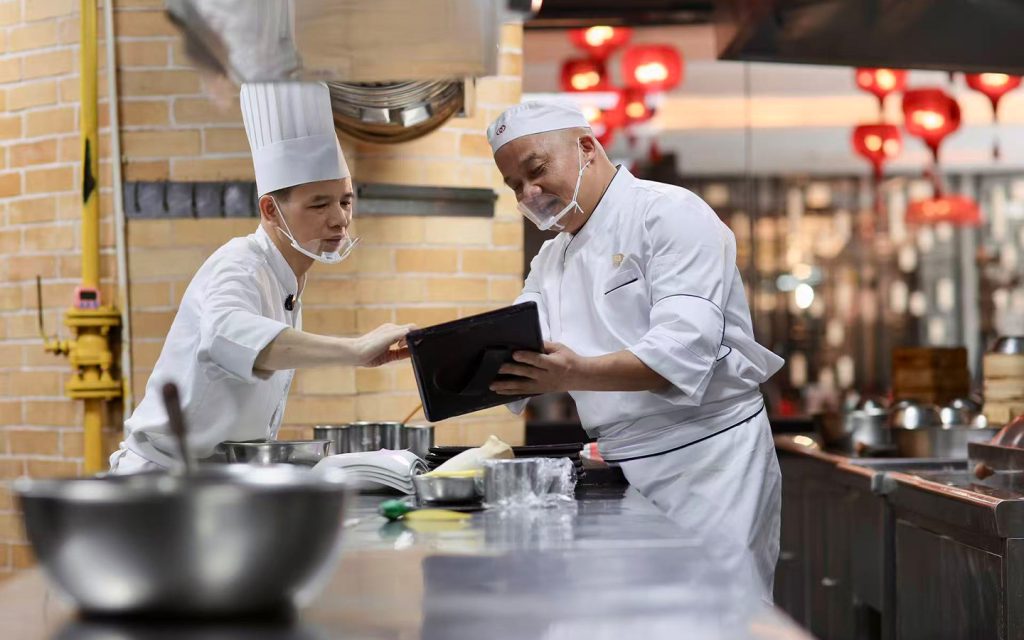
Culinary heritage in southern China
While discussing the menu, Beijing Normal University professor Thomas DuBois, author of China in Seven Banquets, notes that the dim sum collaboration avoids a nostalgic sense of tradition, and recognises that modern classics exist from yesterday’s innovation.
“Neither chef is romanticising the past, but in fact, embracing a stream of ideas while adding new things, setting the path for tomorrow’s traditions,” DuBois shared with Macao News.
The meal features a Macanese-style Portuguese egg tart, whose origin stories, translation inconsistencies, and nomenclature confusion are entangled with the sweet dessert. Believed to have arrived in Guangzhou during the early 20th century when the British introduced custard, the egg tart became a Hong Kong staple by mid-century, taking the Cantonese translation daan taat directly from the English name.
[See more: Taste the differences between Macao and Portuguese egg tarts]
The Macao links arrived in the late ’80s when a British pharmacist incorporated evaporated milk and caramelised the top, creating what locals called pou taat, a direct translation of Portuguese egg tart meant to distinguish it from Hong Kong’s version. However, the customary Portuguese egg tart, pastel de nata, is closer to a tart pastry which contains more eggs due to their historical ties with monasteries, where egg whites starched ceremonial garments and purified wines, leaving an abundance of yolks as a result.
The Sofitel collaboration expands numerous culinary initiatives at a time when Macao is developing its tourism offering to broaden the economy’s diversification. Back in July, the city hosted the 2025 International Cities of Gastronomy Fest to promote Macao’s historical flavours and culinary linkages between the Greater Bay Area (GBA) and Portuguese-speaking countries. The egg tart’s subtle and sweeping difference serves as a reminder of the overlapping and cultural uniqueness found throughout southern China, which both Sofitels hope to showcase with this partnership.
The Sofitel Macau at Point 16 promotion starts today and runs until the end of the month. More information can be found here.
